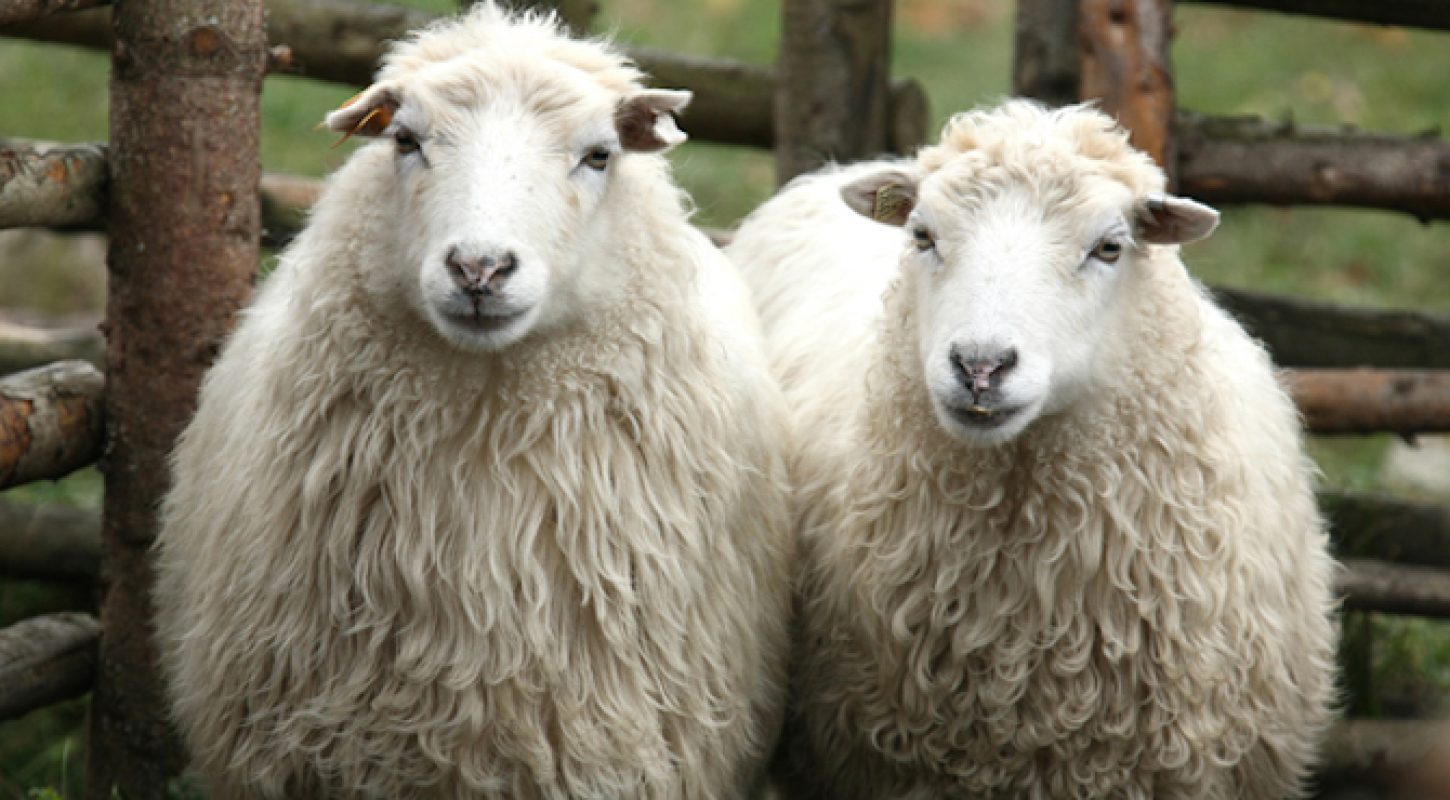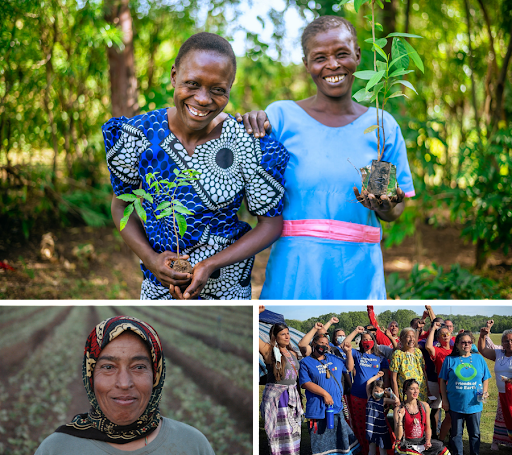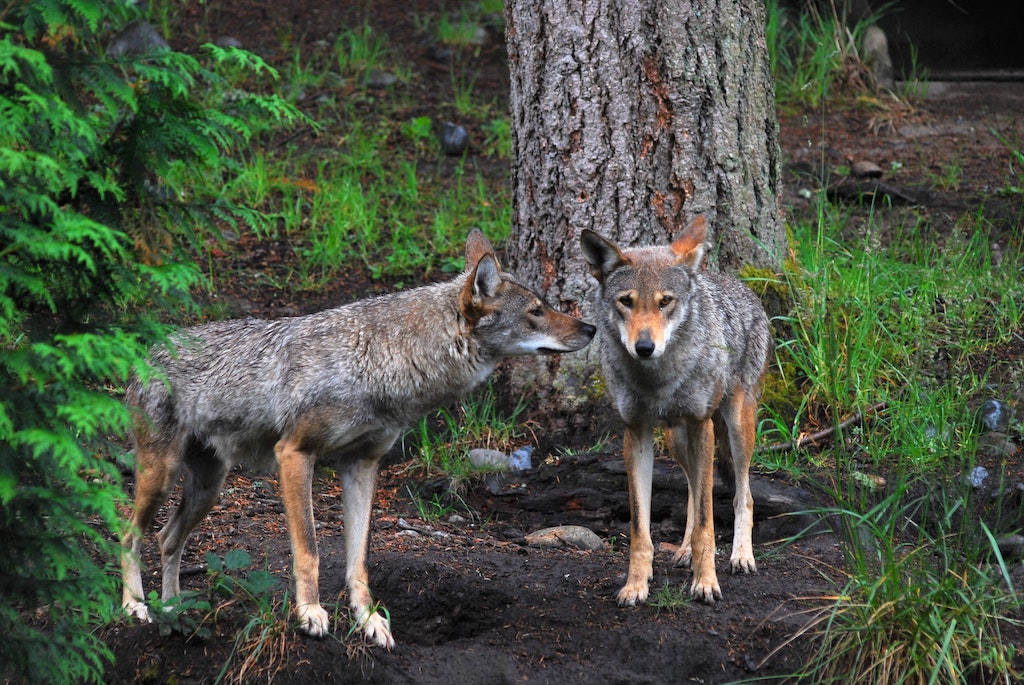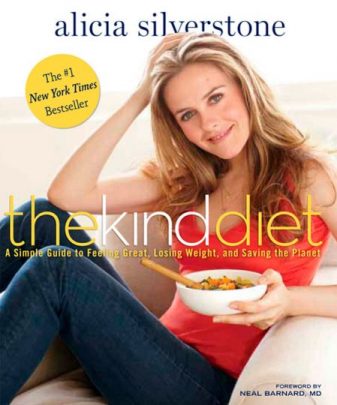When you think about shearing sheep for wool, you might say to yourself, “Eh, that’s not so bad. The sheep just get a haircut.” But PETA investigations of nearly three dozen “shearing sheds” in the U.S. (in Colorado, Nebraska, and Wyoming) and Australia (the world’s top wool producer) revealed that a lot more than just hair gets cut off sheep—including teats and bits of ears.
Sheep shearers are paid by volume, not by the hour, which encourages them to work as quickly as possible—and as a result, the animals are handled roughly during the process. In their haste, shearers often cut and gouge the sheep, leaving them with huge gaping wounds that are crudely sewn shut with a needle and thread—this is done by the shearers themselves, and no painkillers are given to the sheep. If the animals kick and buck (something I’d do if someone stuck a sewing needle through my wounds with nothing to numb the pain), shearers sometimes even slice off animals’ body parts, including ears, teats, tails, and testicles.
And then there are the callous, mean shearers, who take out their frustration and anger on these helpless animals. A PETA investigator documented shearers who punched, stomped, and kicked gentle sheep and bludgeoned them with electric clippers and even a hammer! When sheep struggled in an attempt to escape the pain, workers stood on their heads, stomped on their necks, and slammed their heads hard into the floor. One shearer even used a sheep’s own body to wipe the terrified animal’s urine off the floor. Another shearer twisted one sheep’s neck until it broke and then kicked the animal down a chute. In PETA’s video, you can hear him say, “I might have killed it.” He was right. That sheep died.
PETA’s investigator never saw a supervisor reprimand any of the abusive workers or a veterinarian treat any of the wounded animals, no matter how severe their injuries were. Instead, injured sheep were ignored or, depending on the severity of their injuries, shot.
So the wool industry is anything but warm and fuzzy. And if that weren’t bad enough, wool isn’t even “eco-friendly,” as the industry loves to claim. Sheep are routinely doused with toxic insecticides that pollute local waterways. And grazing sheep contribute to deforestation, desertification, and topsoil loss, and ranchers often kill native animals—such as wolves and coyotes in the U.S. and kangaroos in Australia—because they prey on or compete with sheep for grazing land. Sheep are also leading producers of methane, a greenhouse gas causing climate change. Environmentalists call them the “Humvees” of animal agriculture because of their high rate of methane emissions, which is considered 20 times more damaging to the atmosphere than carbon dioxide.
The good news is that there are many alternatives to wool and the other cruel winter fabric, down: including organic or used cotton, linen, Tencel or Lyocell, acrylic, polyester fleece (which can be obtained from recycled materials), and more.
Instead of being itchy like wool, animal-friendly fabrics are soft and warm—and unlike wool, polyester fleece even insulates when wet. There are plenty of good companies that refuse to carry wool for ethical reasons and are using these exciting fashion-forward materials in their designs.
The sheep abusers can’t pull the wool over our eyes. Join me in taking the wool-free pledge and in making this and every year a #WoolFreeWinter. It’s the only way we’ll ever save sheep from being treated as punching bags instead of the gentle, unique individuals they are.




